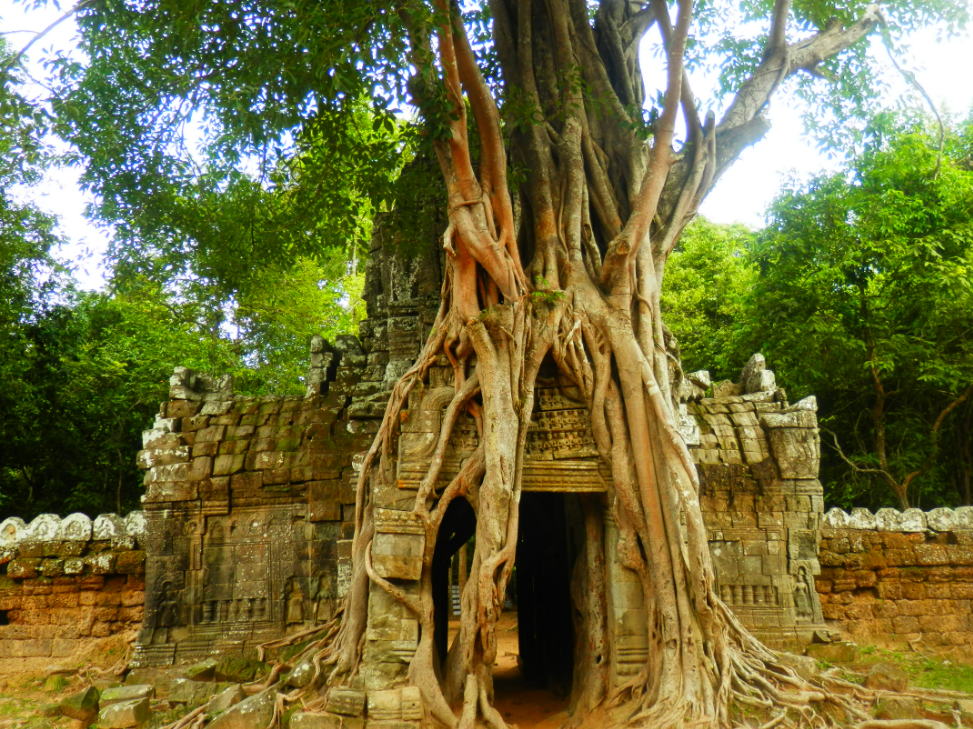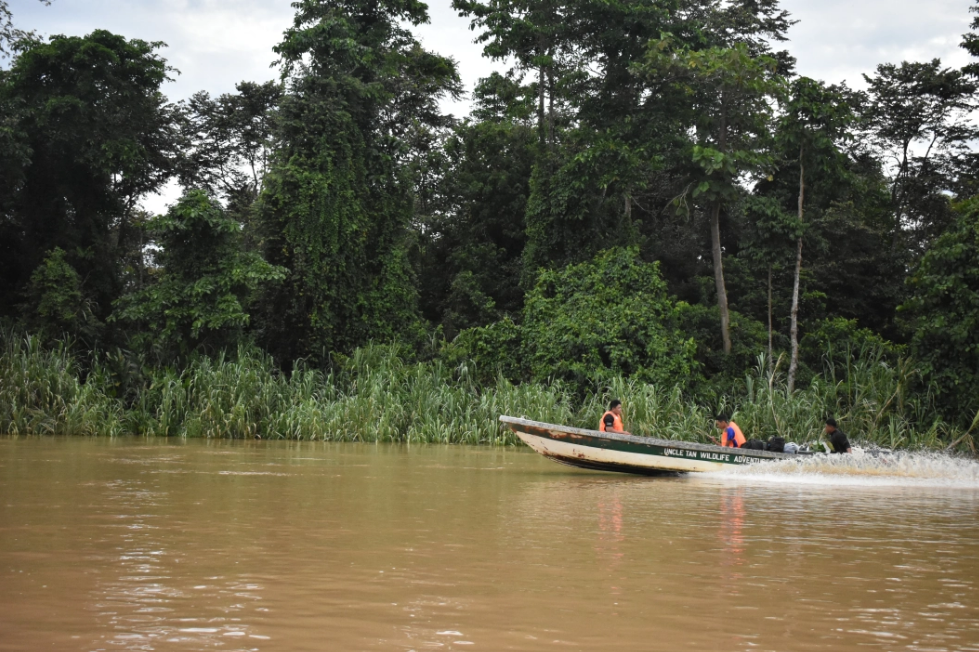Madeira’s Wildlife: The Complete Guide
I’m not going to sugar-coat this; Madeira’s wildlife doesn’t easily show itself, and on land is pretty limited. This is a heads-up of sorts, in case you start thinking “that’s it?” when I mention what can be seen. What makes up for the lack of animals is the amazing scenery, such that it makes you feel like dinosaurs should be alive and Switzerland has competition.
Wildlife in Madeira’s capital
In Funchal, a good first-day-filler is Monte, a leafy neighbourhood in the hills above the centre. Leafy is actually a bit of an understatement, since there are few walls that aren’t cloaked by ivy, and there are botanical gardens and parks every ten metres.






The two most common birds here are, for a change, not sparrows and pigeons but blackbirds and goldfinches – a more photogenic duo. Lizards are everywhere, and you’ll no doubt hear them scurrying away as you approach; keep your eyes on the walls and you’ll see them before they do so. Frogs in the ponds, by comparison, are fearless; this one let me hover my camera right over it.


Also, if you go up the church’s staircase and look out of the window on your right, you’ll see a pigeon’s nest. Not a rare bird, but the sight of baby pigeons and their mother three centimetres away is quite endearing.
Whale watching and swimming with dolphins
Madeira’s sealife is more impressive, with whales and dolphins regularly being seen on trips. I lucked out on this one and didn’t have time for a second go, but I did spot a sea turtle and a flying fish gliding across the sea’s surface – something that took me by surprise since I had no idea they lived here. Operators have their offices along Funchal’s seafront and tours vary in cost from €25-35, all of which have tours on at 9AM and 2PM, each taking around 3 hours. They all advertise what they saw yesterday, and some will give you a second trip free if you don’t see anything the first time around. Which one you choose is up to you, though it’s worth asking what kind of boat they use; don’t take a catamaran if you get seasick easily!
Some trips also allow you to swim with dolphins, for an extra fee. That being said, I’ve no idea what happens if you book a regular trip then whilst out at sea, cool as a cucumber strip down and reveal swim shorts then jump straight in. Then again, there may be a reason it’s unheard of. If you want this experience minus sleeping with the fishes, it will cost about €65.
Funchal’s parks actually pretty much cover Madiera’s land wildlife. At a bare minimum you could just explore Funchal’s surroundings and take a couple of boat trips. One spot in the interior I’d say is really worth your while is Risco Falls, in the western interior of the island, which looks like a scene from Planet Earth with its cliff-faced valley and spray creating mini rainbows.




On the viewpoint is a little colony of Madeiran chaffinches which will gladly pose as you stick your lens right in their faces. It’s also a good place to look for Madeiran firecrest, one of the island’s endemic species. However, it’s worth going to spots like Curral das Freiras, Ponta do Sao Lourenco and along the coastline in general because, as mentioned earlier, it’s the landscapes which are the real reason to visit Madeira. To do this, it’s usually necessary to hire a car or a taxi, or go on a guided tour. Local buses can also be used, as long as you’re up for an adventure.

How much do things cost in Madeira
Despite being a far-flung island, Madeira is actually pretty cheap like mainland Portugal. €20 should be enough for a dorm bed in Funchal, and also for one’s food for the day, even with beer or the odd restaurant meal. Most bus trips across the island should not cost more than €5. Buses from Funchal centre to Monte cost a little over €1.




